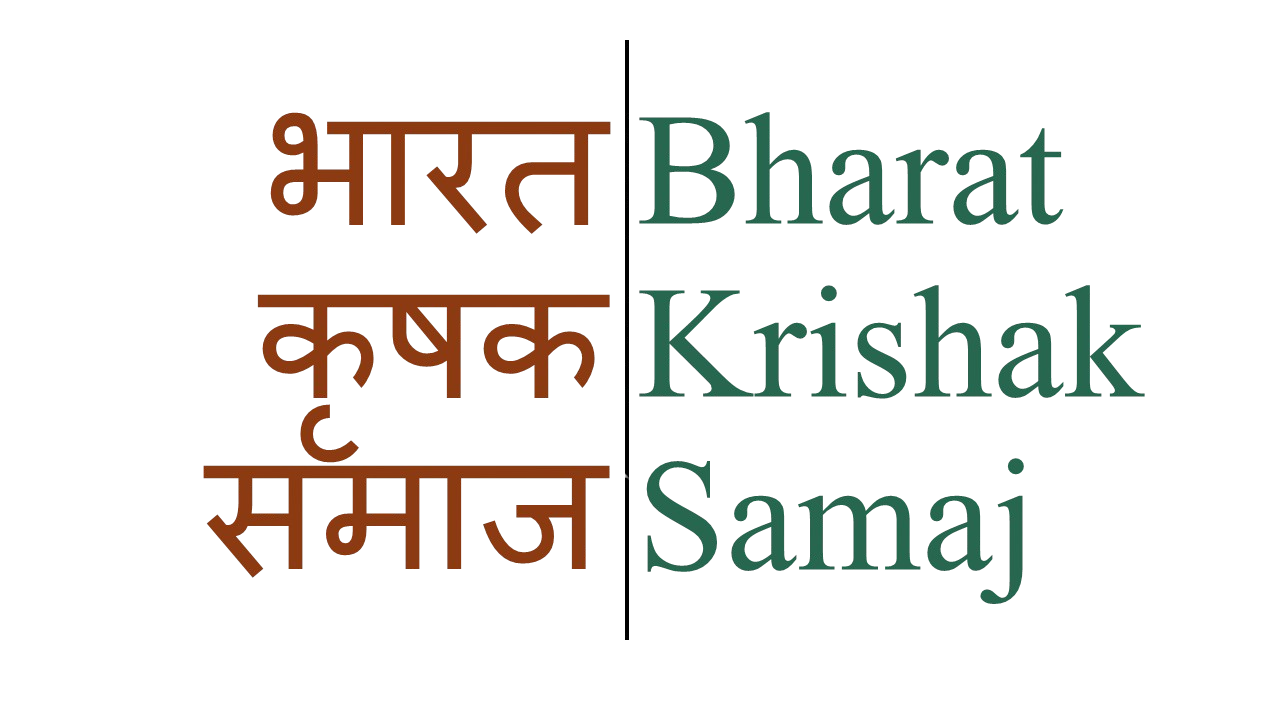In order to be useful to the farmer, IMD predictions must be at the block level. Lack of accuracy and specificity render forecasts irrelevant for individual farmers.
The Indian Meteorological Department (IMD) website states that Kautilya’s Arthashastra contains records of rainfall and its impact on revenue as well as details about relief work. Similarly, Kalidasa’s Meghdoot, written around the seventh century, mentions the date of the onset of the monsoon and traces the path of monsoon clouds. Forecasts continue to be made on the same broad lines.
Farmers look towards indigenous knowledge for signals to interpret and even predict natural phenomenon. Thoughts turn to my uncle who taught me to look out for where the titudi bird (lapwing), laid its eggs. If the eggs were laid on flat ground, it indicated that the rains would be scarce and that more land ought to be left fallow. The titudi’s is a localised and medium-term forecast and, therefore, more useful to a farmer. The IMD’s forecasting suffers on both counts.
The southwest monsoon rainfall forecast is issued in two stages. The first stage forecast is for the period between June and September for the country as a whole. It is issued in April and updated in June. Forecasts are made for four geographical regions: east India, central India, the southern peninsula and northwest India. They are not location-specific. In order to be useful to a farmer, they should provide block-level information. Lack of accuracy and specificity render forecasts irrelevant for individual farmers.
This is not to say that there has been no improvement. Short-term forecasting (for one week) has improved reasonably in the last few years, though medium-term reports remain unreliable and there is no medium-range prediction for winter rains. A farmer needs a medium-term forecast (three months in advance) to plan a cropping pattern. Even the telephone-based weather advisory, disseminated by the popular IFFCO Kisan Sanchar Ltd, is only at the district level.
Predicting aggregate rainfall for vast regions in terms of percentages may be good for statistics but is not useful for crop-planning. This year’s IMD forecast of there being a 60 per cent chance that the El Nino factor would affect the monsoons cannot go wrong because it is such a broad prediction. Earlier, in April, the IMD had predicted a below-normal monsoon, with rainfall at 97 per cent of the long-term or 50-year average. The spell of heavy rains in September resulted in six percentage points more rain than what was expected and reduced the seasonal deficit, which would otherwise have been 82 per cent. While this may appear to be good news because it increases the percentage of rainfall, unseasonal rains close to harvest time actually damage the crop. In fact, given that the time of harvest varies with the movement of the sun over latitudes, rain that may be beneficial for one crop or for one region could, in fact, wreak havoc on other crops and regions.
While one cannot change the timing or quantity of rainfall, one could do much more to predict the weather correctly and make that information available to farmers in advance. Three things are required for an accurate weather advisory: collecting data, processing it into credible information and making this available to individual farmers on time. The solutions can be simple and affordable. Cell phone towers exist across the length and breadth of the country, providing instant connectivity. For nearly two decades, mobile companies have made billions and usurped subsidised diesel (while farmers alone got the flak for fuel subsidies) to power their towers. The existing infrastructure should be made available for use free of cost.
Small inexpensive devices that record and collect weather parameters such as humidity, temperature, air pressure, wind direction and such others could be installed in the thousands of cell phone towers across India. These could automatically gather and relay information in real time to a nerve centre. Information collected could be processed in conjunction with data from space satellites and international collaborations. The resultant location-specific weather advisory and information could be automatically relayed to a farmer’s cell phone, depending on the place of residence and the location of the cell phone tower that the phone connects to.
Such a weather advisory could prove invaluable to the nation and help farmers decide what to do, reduce losses and risks, as well as improve the quality of produce and productivity. This simple step would be far more helpful than a grandiose scheme like the interlinking of rivers. The same information could be used for crop-based weather insurance, which is pretty much non-existent.
This year, paddy and basmati farmers are incurring losses as the cost of cultivation has increased because of the extra consumption of electricity and diesel for running tube wells, as well as the need to re-bore them deeper thanks to the falling water table. To make things worse, the market price is 25 per cent lower than last year’s. Farmer’s have enabled India’s food production targets to be met and helped control food inflation. The government must now mitigate farmer distress by announcing a Rs 150 per quintal bonus.




